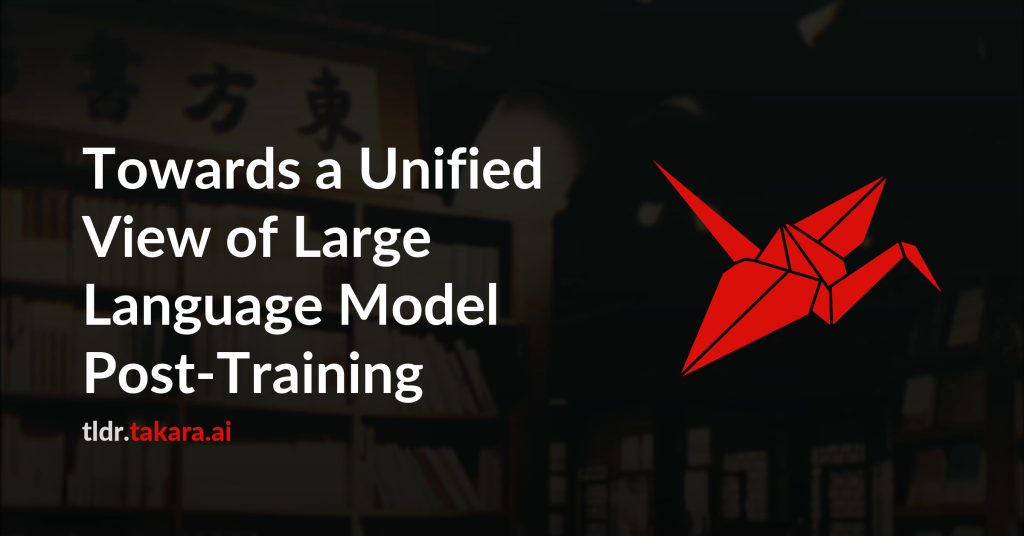Two major sources of training data exist for post-training modern language
models: online (model-generated rollouts) data, and offline (human or
other-model demonstrations) data. These two types of data are typically used by
approaches like Reinforcement Learning (RL) and Supervised Fine-Tuning (SFT),
respectively. In this paper, we show that these approaches are not in
contradiction, but are instances of a single optimization process. We derive a
Unified Policy Gradient Estimator, and present the calculations of a wide
spectrum of post-training approaches as the gradient of a common objective
under different data distribution assumptions and various bias-variance
tradeoffs. The gradient estimator is constructed with four interchangeable
parts: stabilization mask, reference policy denominator, advantage estimate,
and likelihood gradient. Motivated by our theoretical findings, we propose
Hybrid Post-Training (HPT), an algorithm that dynamically selects different
training signals. HPT is designed to yield both effective exploitation of
demonstration and stable exploration without sacrificing learned reasoning
patterns. We provide extensive experiments and ablation studies to verify the
effectiveness of our unified theoretical framework and HPT. Across six
mathematical reasoning benchmarks and two out-of-distribution suites, HPT
consistently surpasses strong baselines across models of varying scales and
families.

